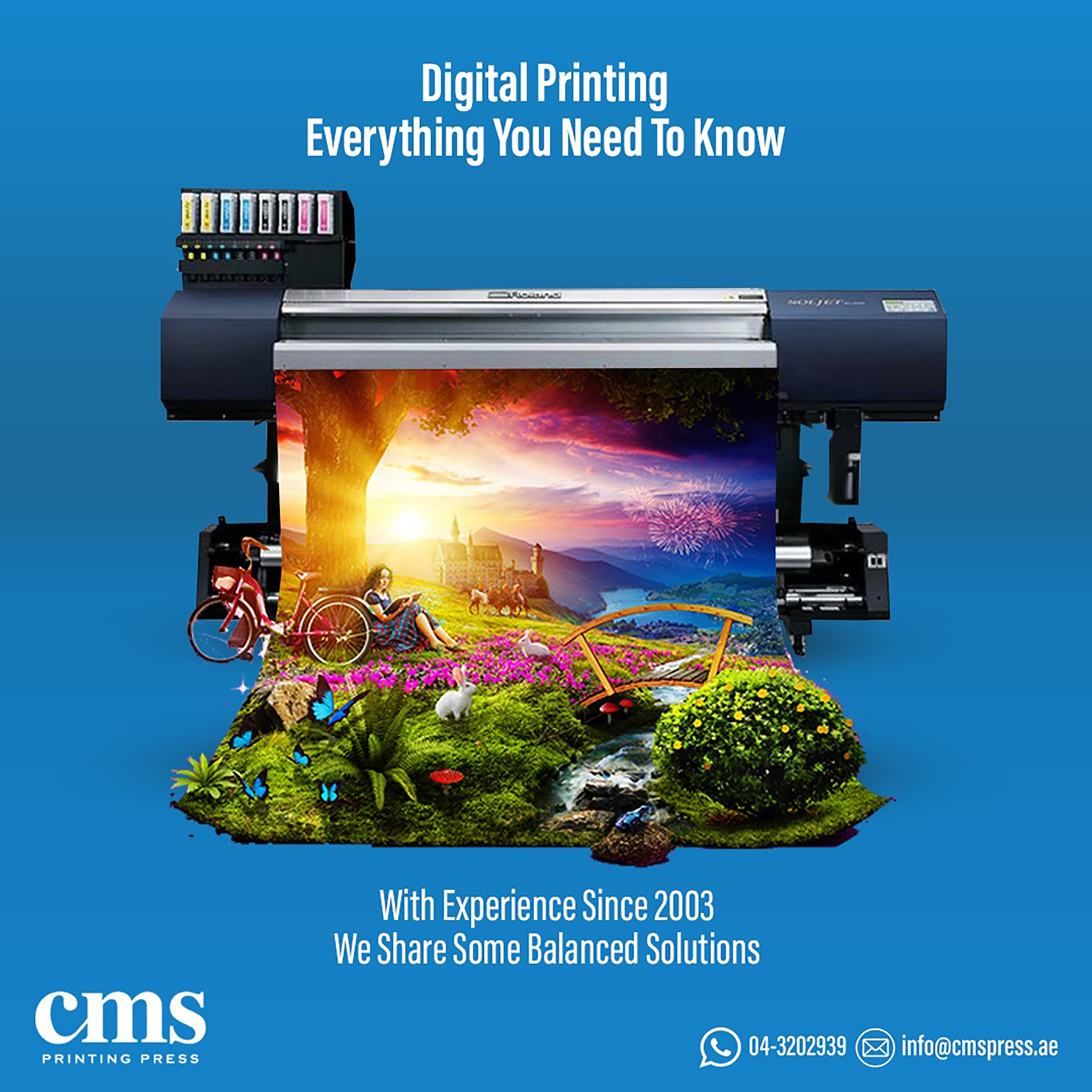Recurring revenue streams are more accessible now with print on demand models.
Recurring revenue streams are more accessible now with print on demand models.
Blog Article
Comprehending Just How Digital Printing Transforms the Printing Sector
The printing sector, long soaked in traditional methods, is undergoing a radical transformation with the introduction of digital printing. With its prospective to spur involvement via personalized content and to offer sustainable solutions, it's clear that electronic printing is even more than a technical development; it's an essential video game changer.
The Development of Digital Printing: A Short Summary
Because its inception, digital printing has undertaken substantial improvements, constantly transforming the printing industry. Its advancement began with the advancement of xerography in the mid-20th century, a process which prepared for printer. With the introduction of the 90s, electronic printing modern technology began to mature, and the industry saw the intro of straight imaging presses, which eliminated the demand for publishing plates. As the new millennium unravelled, improvements in modern technology even more stimulated the growth of electronic printing, resulting in the creation of high-speed inkjet printers. These tools provided premium top quality and speed, forever transforming the landscape of the market. Today, electronic printing stands as a testament to human innovation, continuously developing to meet the ever-changing needs of the modern globe.

Unboxing the Modern Technology Behind Digital Printing
Digging right into the intricacies of digital printing modern technology, one experiences an abundant tapestry of sophisticated equipment and facility algorithms. At the heart of this process exists an electronic image, which is processed by software that splits it right into a grid of dots. This intricate system, reinforced by sophisticated software program and high-resolution imaging, has transformed the landscape of the printing market, paving the way for unmatched levels of information and precision.

The Advantages of Digital Printing for Organizations
Comprehending the technology behind digital printing supplies a clear photo of its accuracy and detail. For services, this translates into numerous advantages. First of all, electronic printing uses unprecedented rate, enabling firms to fulfill tight target dates without compromising on quality. Next, it minimizes prices as there are no plates or physical setup, making it best for small-volume printing jobs. This innovation supplies superior consistency with each print outcome, getting rid of variants typically seen in typical methods. Electronic printing is eco friendly, utilizing much less ink and generating much less waste. Nevertheless, the full capacity of electronic printing is understood when used for customization and personalization, a topic that will be covered extensive in the following navigate here section.
The Duty of Digital Printing in Customization and Personalization
While conventional printing methods have problem with modification and personalization, electronic printing stands out in these areas. It permits for the navigate to this site simple alteration of designs, without the demand for costly and time-consuming plate adjustments (print on demand). This makes it possible for services to tailor items to private customers, conference particular demands and improving customer complete satisfaction
Digital printing likewise permits variable data printing, where components such as text, graphics, and pictures might be changed from one printed item to the next, without reducing down the printing procedure. This is particularly valuable for direct advertising and marketing projects, where customized messaging can considerably boost reaction prices. By doing this, digital printing not only reinvents the printing industry but likewise changes the method organizations communicate with their clients.
Evaluating the Ecological Influence of Digital Printing
Although digital printing has been admired for its function in customization and personalization, it is vital to analyze its ecological impact. Digital printing can be less wasteful than conventional techniques, due to the fact that it operates a 'print on need' basis, eliminating the need for big print runs that can cause surplus and waste. Additionally, it uses fewer chemicals and produces less volatile organic substances (VOCs) compared to offset printing. Nevertheless, the energy usage of digital printers can be high, resulting in boosted carbon footprint. The usage of non-recyclable printing elements and the difficulty of e-waste monitoring position substantial environmental worries. While digital printing has numerous benefits, its environmental influence should be diligently managed.
Conclusion
In final thought, digital printing has changed the printing sector, offering fast, cost-effective, and top notch solutions - print on demand. Understanding like it these modifications is crucial for services to utilize the benefits of electronic printing efficiently.
Report this page